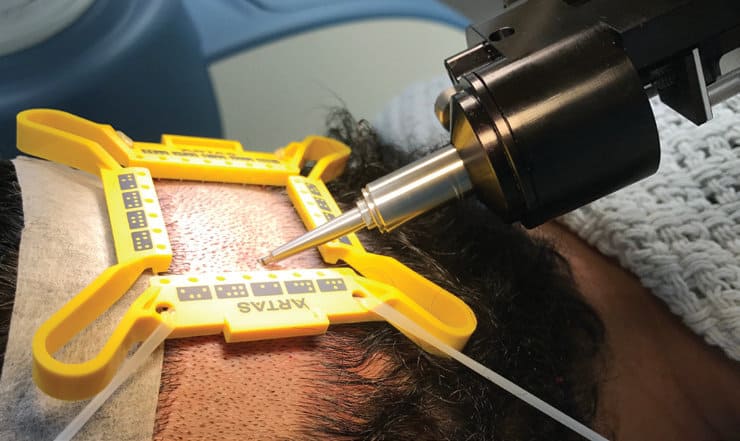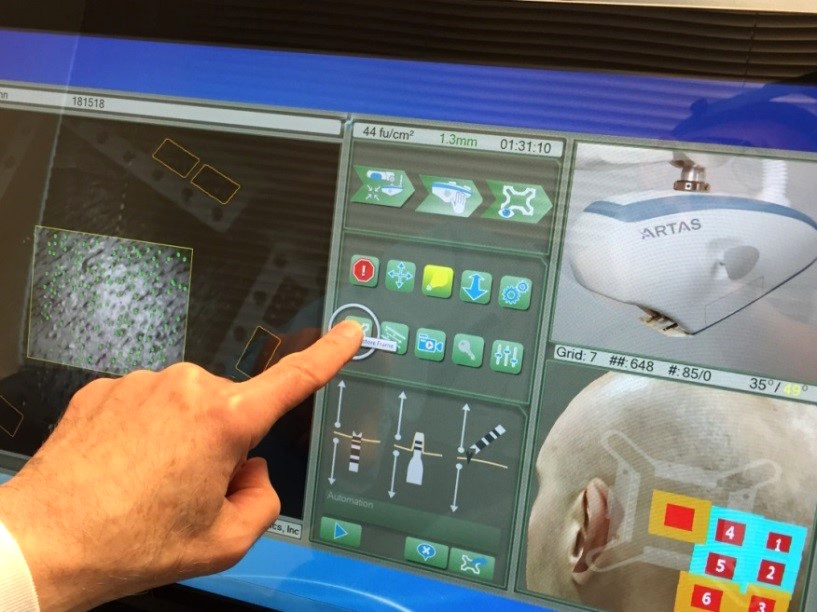The Notable Articles Project: Revisiting the Articles That Helped Shape the Specialty
Synopsis: The traditional order for the steps of a hair transplant sur gery has been to first perform donor harvesting then make sites and place grafts. Hair transplant surgery can often be a long procedure, and one goal of many teams is to find ways to decrease the length of the procedure to improve the patient experience, decrease the physical strain on the team, and specifically decrease the out-of-body time of the grafts to improve graft survival.
The Notable Articles Project: Revisiting the Articles That Helped Shape the Specialty Read More »








